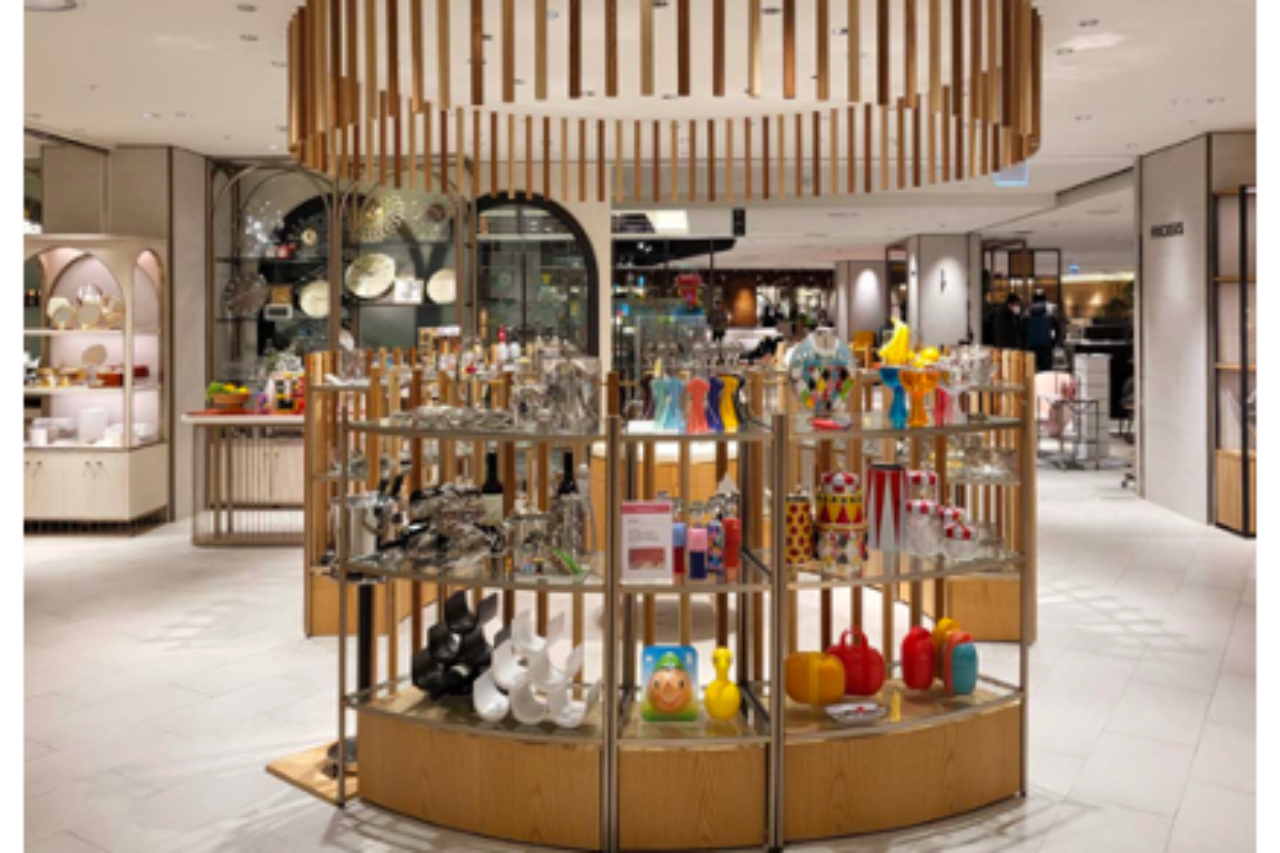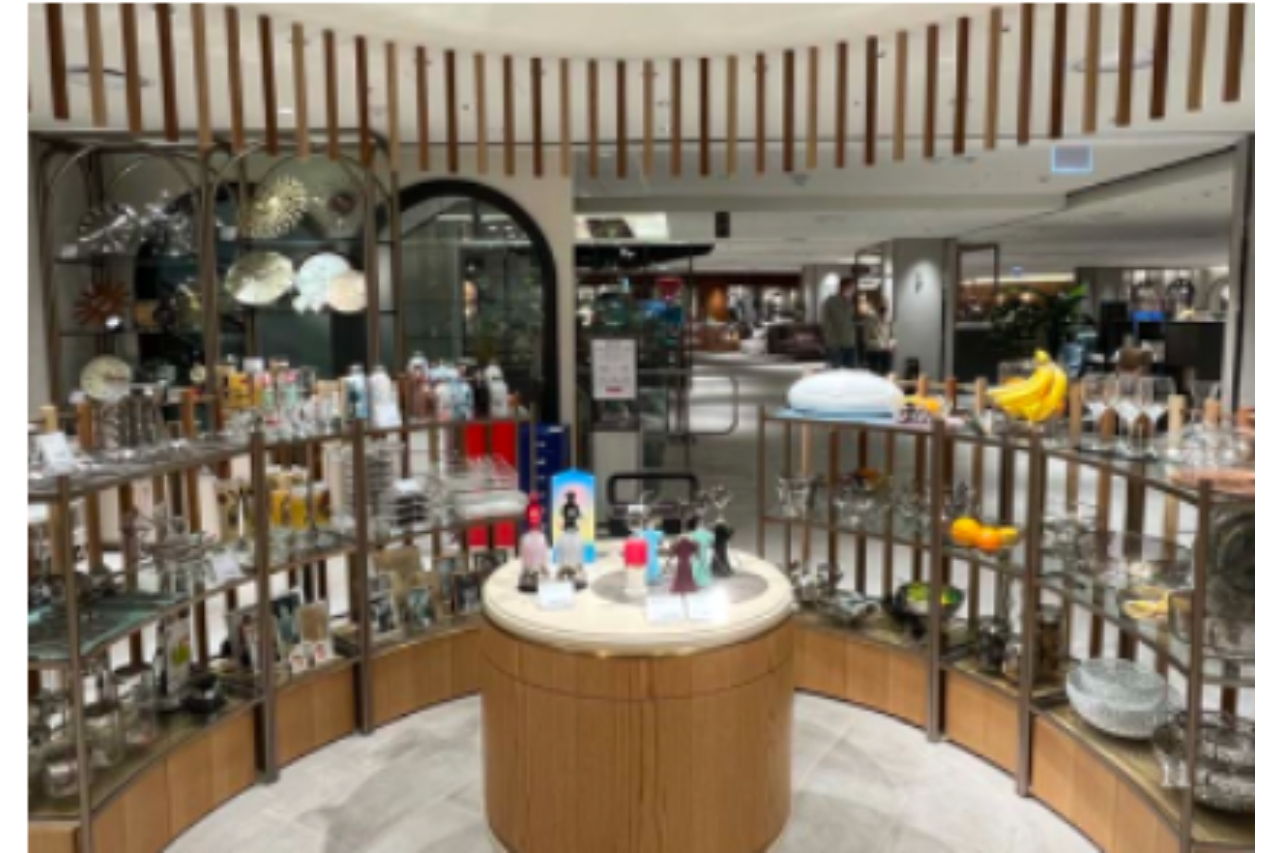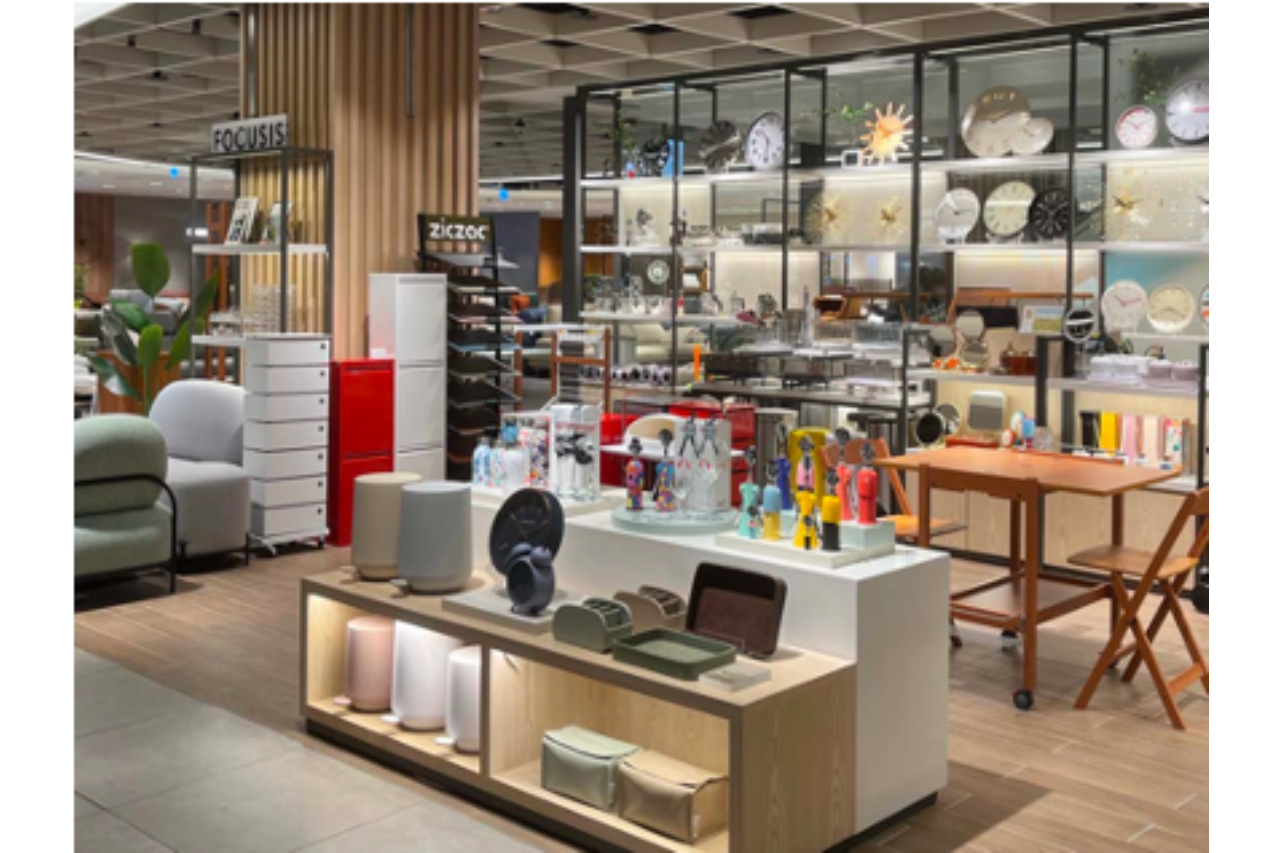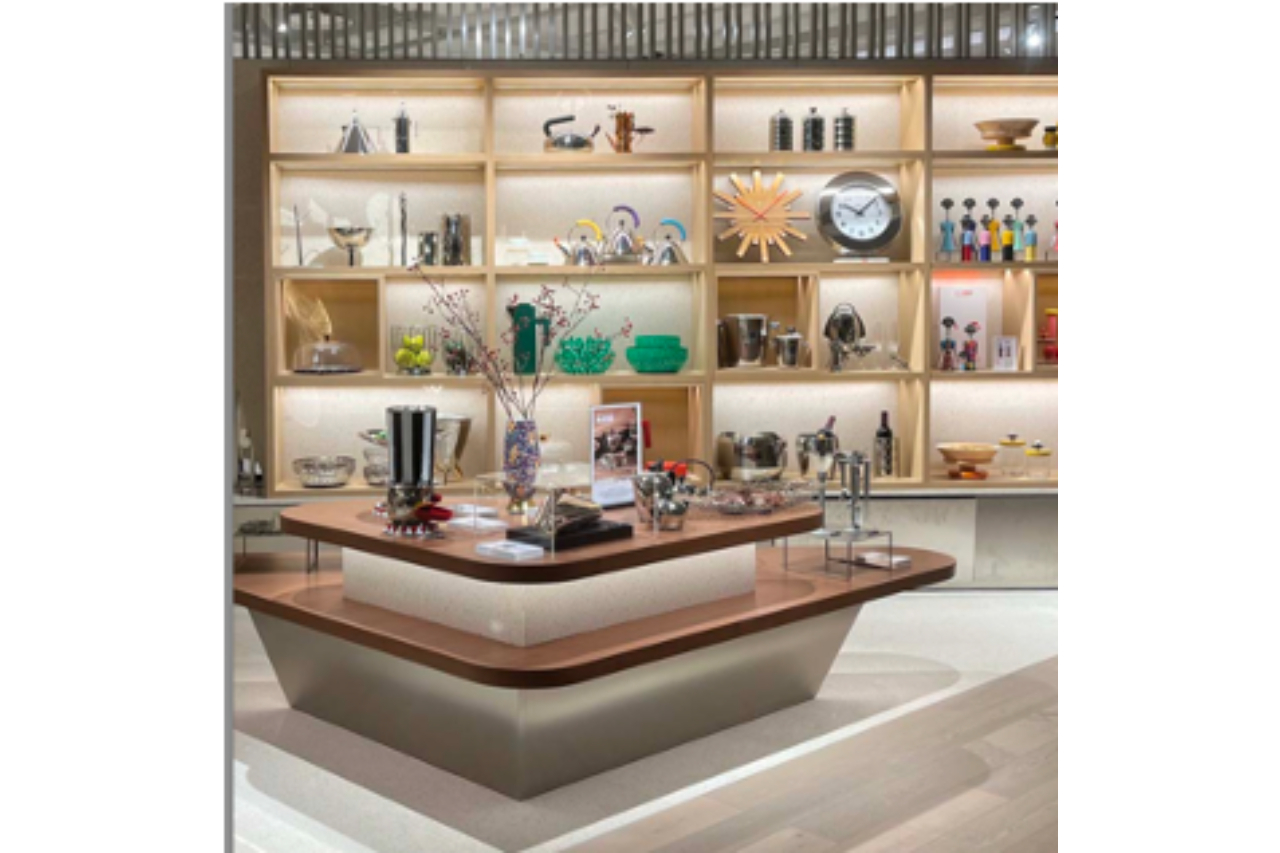



Seoul – Elegance, creativity, quality, and excellence: Italian design continues to exert an irresistible attraction on Asian consumers. To fully understand this phenomenon, we interviewed Brian Yang of Sevo Korea, based in Seoul, who offers us a privileged perspective on the Korean market and the preferences of its customers.
Aesthetics and Functionality: The Winning Combination of Made in Italy
According to Yang, the success of Italian products in Asia lies in a unique combination of aesthetic appeal and functional design. "I believe that Asians appreciate Italian products for their distinctive combination of aesthetics and functional design," he states. The elegance and timeless style of Italian products attract a market that has a strong admiration for art and craftsmanship. "Furthermore, high-quality materials and attention to detail ensure durability and long-lasting value, characteristics highly appreciated in Asian cultures. The exclusivity and prestige associated with Italian brands further enhance their desirability among consumers seeking unique and luxurious items."
Furniture and Lighting: The Protagonists of Italian Style in Korean Homes
So, what are the objects that best represent the Italian spirit and are most successful? "I think that Italian furniture and interior decor items represent the Italian spirit and add character to homes," Yang replies. "Italian furniture is renowned for its unique design and quality, particularly for its blend of modern and classic styles. These pieces add a sense of luxury and sophistication to interiors. The unique design of Italian lamps is also very popular. Brands like Flos and Artemide are well known." Furniture, therefore, is confirmed as a key sector for Italian exports, with particular attention to designer lighting.
The Most Beloved Italian Brands and Expectations for Milano Home
Among the most appreciated Italian brands in the furniture and home accessories sector, Yang mentions Kartell, Artemide, Alessi, Magis, and B&B Italia, names that embody the excellence of Italian design internationally.
Finally, Brian Yang shares his expectations for Milano Home, the fair dedicated to the world of home and lifestyle: "At Milano Home, I would like to find items that reflect the latest trends, new materials, technologies, and stories." Specifically, Yang is looking for:
Lighting: table lamps, floor lamps, and pendant lamps that reflect Nordic design.
Tableware: exquisite porcelain and ceramic sets with intricate designs.
Kitchen: high-quality, innovative cookware and gadgets that combine functionality and aesthetics.
Home Decorations: unique art pieces, sculptures, and decorative items that add character to any space.
Textiles: cushions that match Korean sofa brands.
Gift Ideas: creative and thoughtful gift ideas.
Brian Yang's analysis highlights how Made in Italy continues to be a benchmark for the Asian market, thanks to a mix of aesthetics, functionality, quality, and prestige. Milano Home is therefore confirmed as a fundamental event for Italian companies wishing to consolidate their presence in this dynamic and constantly growing market.